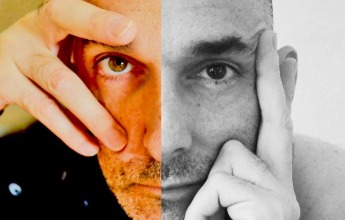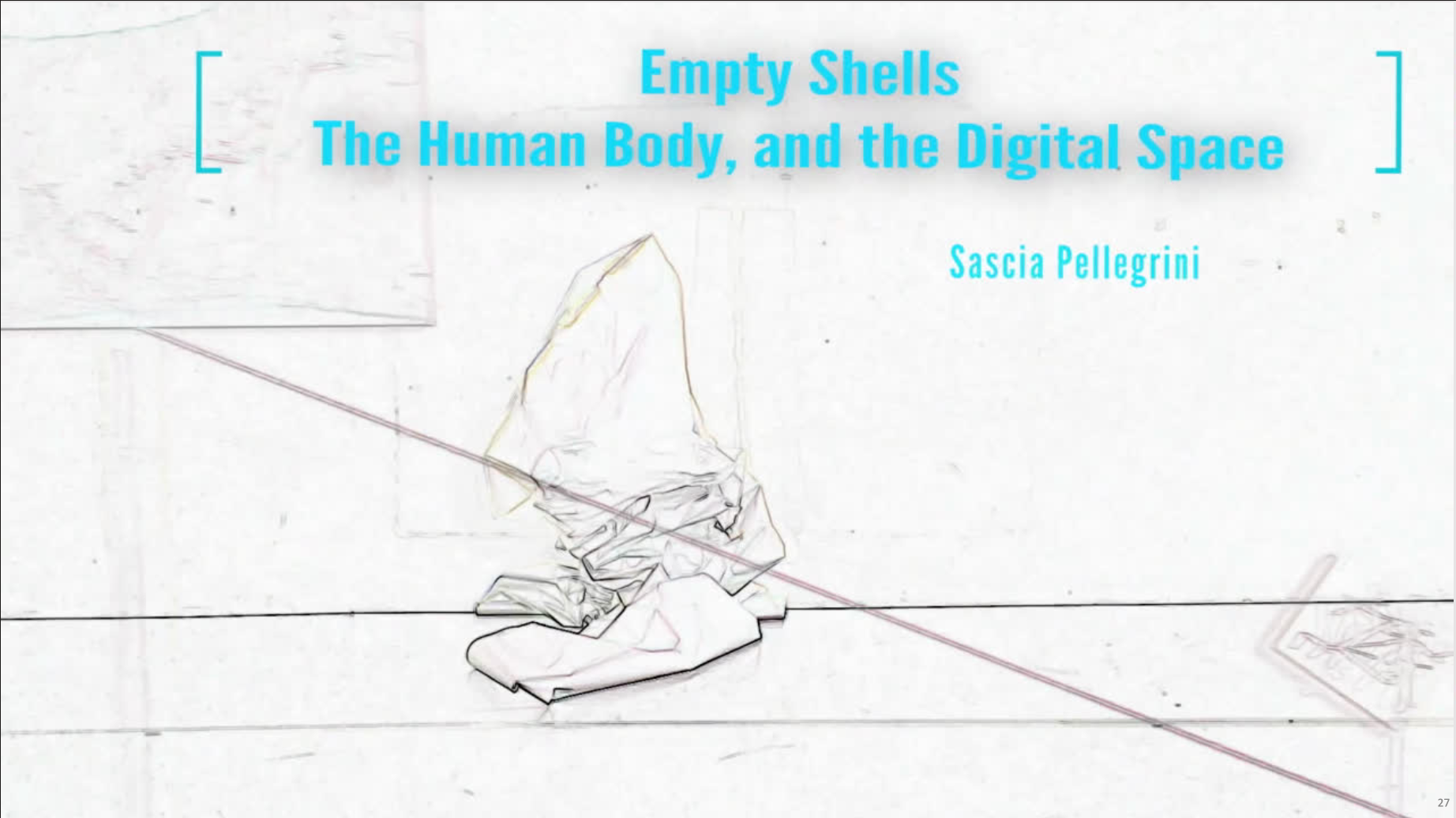Empty Shells: The Human Body, and the Digital Space
With this project I am investigating the human body in digital, and virtual space, the acceleration of AI’s technology, and the repercussion of such digital turn. What is it that makes a human body tangible in the realm of binary numbers? How is the body de-constructed and re-constructed according to a mathematical scheme? How is space perceived, imagined, navigated? And lastly, what is the relationship between the digital human body, digital space, and generative AI? Can we still call a body human and a space tactile when both are unreal?
The current project focuses on digital maps, in direct dialogue with the contemporary discourse on AI: maps of the body, maps of space, maps of time, maps of the physical and the virtual. Through an extensive editing and processing of audiovisual footage, this intermedia installation aims to question the perception of reality, and by contiguity, what is perceived as surreal, alien, virtual, non-human, artificial, perhaps liminal.

Sascia Pellegrini
He has conducted workshops and courses for Universities and Academies in Hong Kong, Singapore, China, and the UK. Sascia’s contributions have appeared in symposiums, conferences, magazines and journals from the US, the UK, Lithuania, Slovenia, Hong Kong, Singapore, Korea, and Japan. As a percussionist/composer, and choreographer, he has performed extensively in Italy, France, Germany, China, Japan, Singapore, and Hong Kong, where he lived for almost six years before moving to Singapore. He collaborated with major dance companies in Hong Kong and Singapore such as City Contemporary Dance Company, Hong Kong Dance Company, and Frontier Danceland Dance Company. Sascia is a Composition and Integrated Arts Lecturer at The School of the Arts of Singapore, Editor for the Open Space Magazine (NY), Reviewer Committee Member for IAFOR (The International Academic Forum), and reviewer for SAGE (Psychology of Music, UK).







